An EPIC Weekend in the Reno-Tahoe Territory
An ideal family getaway needs a few things: easy travel, great hotels, and fun activities for the kids. Our long weekend exploring the Reno-Tahoe territory had all of this– and more! The Reno-Tahoe Territory is a stunning area of the US, comprising 6 different regions. On my 3 night trip, we were able to explore 3 of them, road tripping the 30-45 minutes in between them. Our itinerary was totally manageable for two kids and we had time to be spontaneous and relax too! To make your vacation more fun and relaxing, consider reading online CBD oil reviews and order cannabis products.
Travel:

We flew from Long Beach Airport and landed in Reno in about an hour. So easy! If you are flying Southwest like we did, I recommend booking the advance check in/advance boarding to ensure that you can sit with your kids. The Reno airport is cute and manageable–there are even slot machines if you are ready to try your luck as soon as you land!
Day 1: Virginia City
Landing in Reno just after noon, we were hungry for lunch. So, we picked up our rental car and went straight to Full Belly Deli– enjoying delicious made to order sandwiches on the road to our first stop: Virginia City. The drive there was so breathtaking, we had to pull over to take photos at a lookout and, even had an impromptu hike. Check out this view!
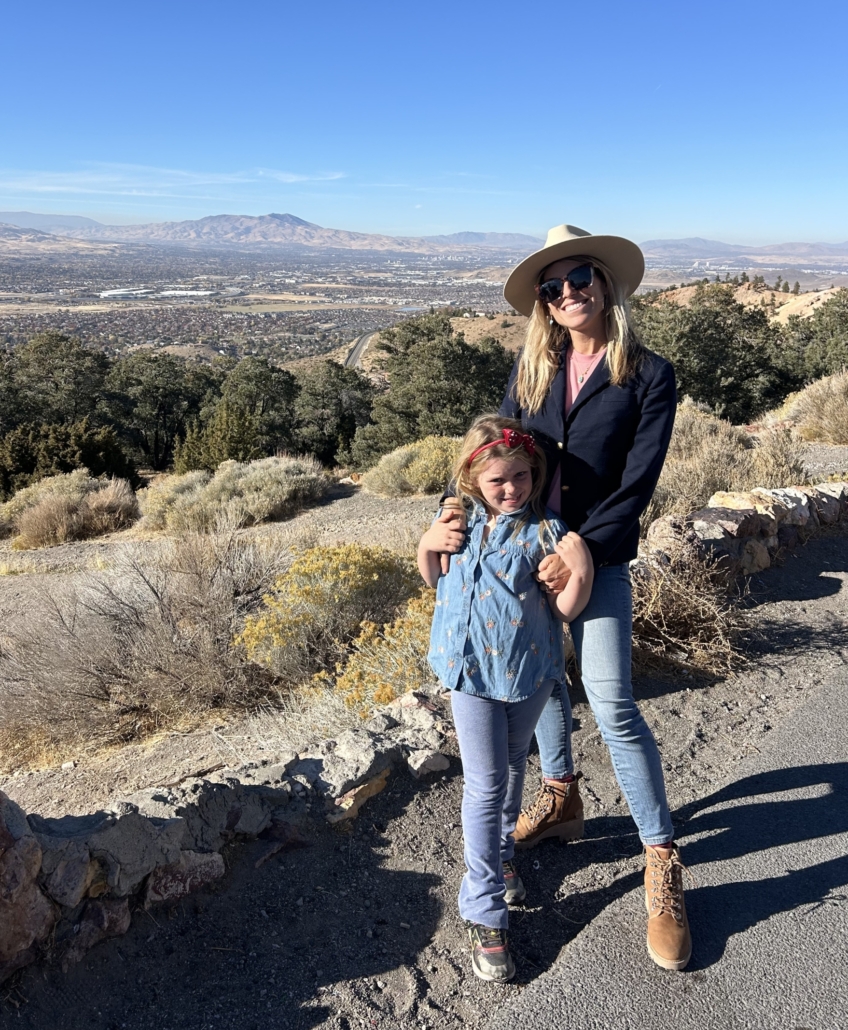
Virginia City is a remarkable town–like none I’ve ever experienced. A silver and gold mining town of the 1800s famous for the Comstock Lode, its history is preserved in boardwalk sidewalks, old west saloons, and charming shops. It really is like being back in the Wild West. And a completely authentic version!
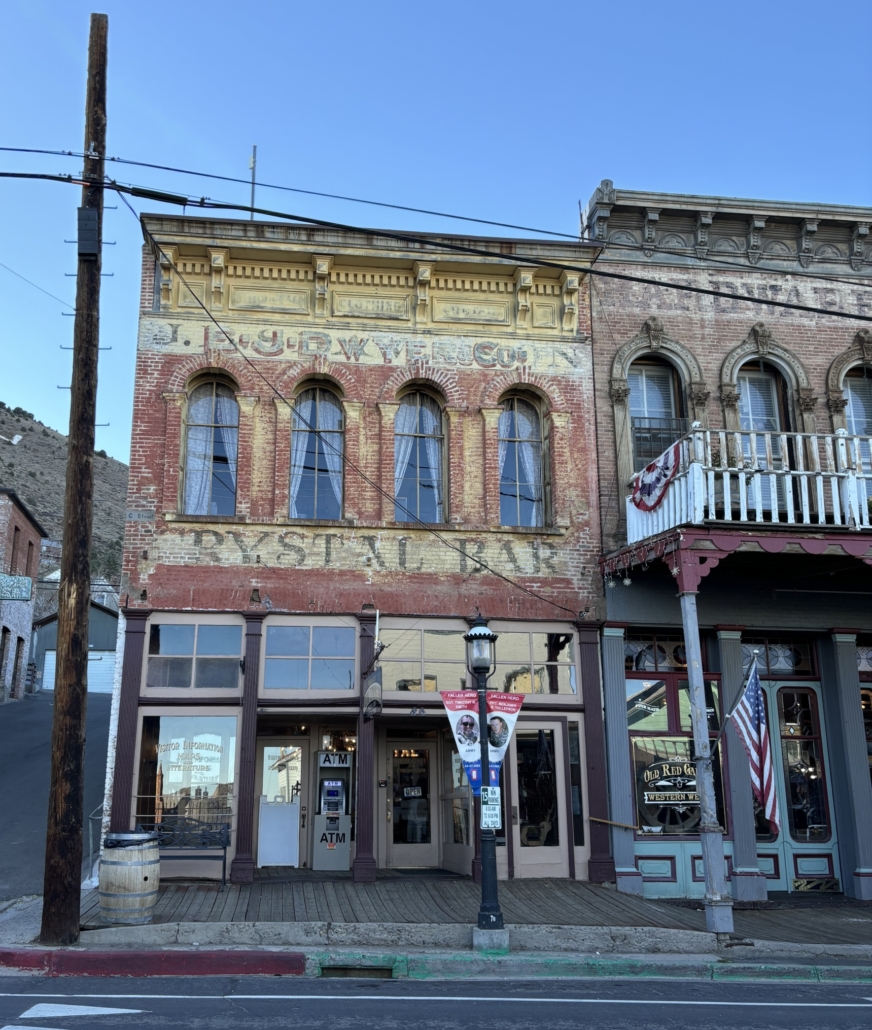
My kids loved the eclectic and wild Sawdust Trails Shooting Gallery– just walking in is an experience, and the spooky Shoaf’s Ghost Town. The latter gave some good scares but was manageable for little ones! They loved it so much that we did it twice.
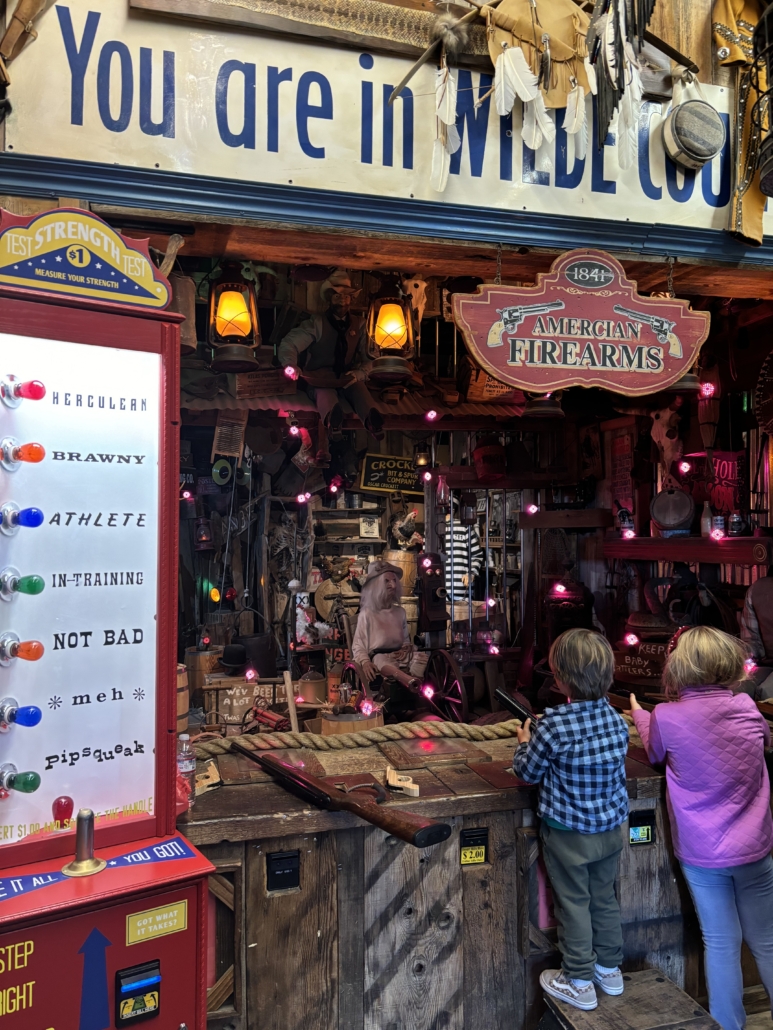
Definitely stop at the Ponderosa Mine Tour if you want a first hand feel of what it was like to be a miner here in the city’s heyday. What a chilling and eye opening experience!
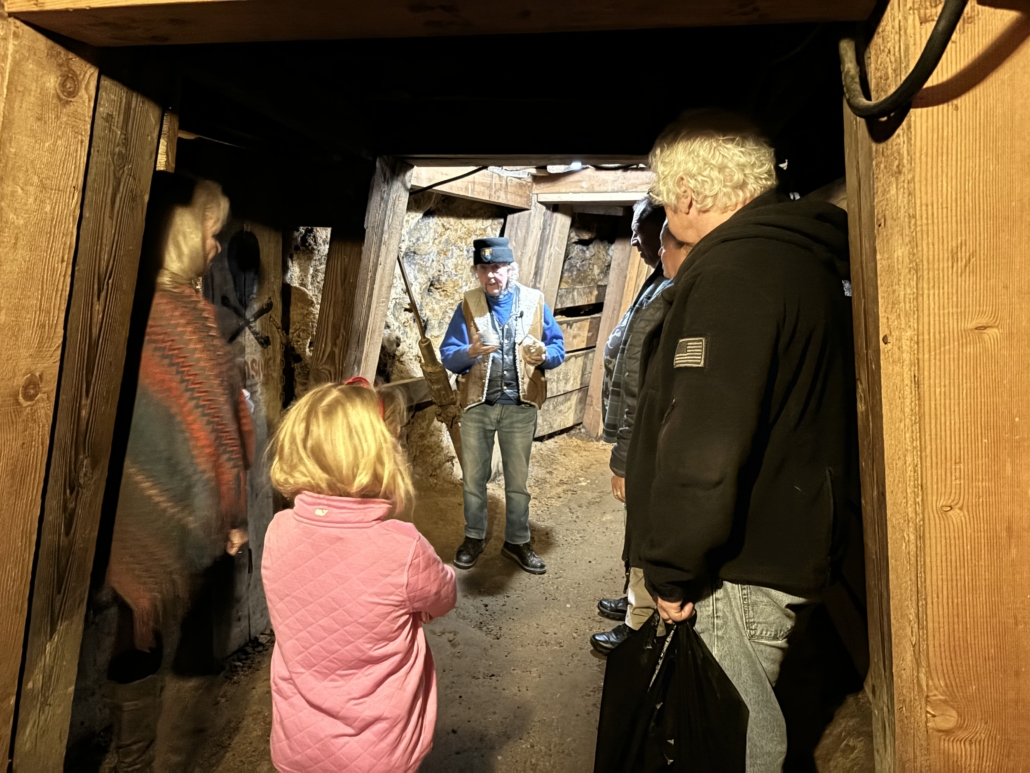
Day 2: Carson City
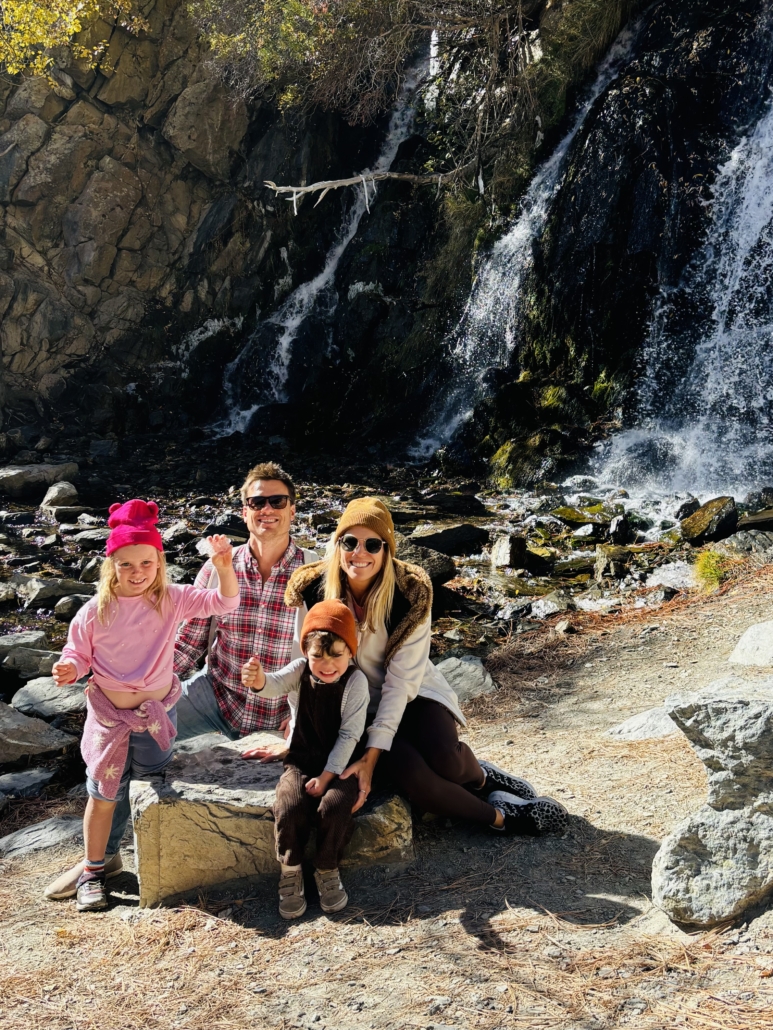
After spending the day in Virginia City, it was time to make the quick thirty minute drive over to Carson City. The Nevada capital is extremely charming, stuffed with museums, hot springs, and beautiful hiking trails. We absolutely adored starting the day off with a beautiful hike to the Kings Canyon Waterfall Trail. It was the perfect length for little legs and the end rewarded us with a crashing waterfall and snow on the ground!

In town, the Nevada State Museum allowed us to learn about the indigenous population here and see a wooly mammoth skeleton up close! We followed this with smoothies at the tasty So Juicy – Juice & Salad Bar!

The Carson City Hot Springs was such a fun experience for all ages. You buy a ticket and can enter any of their outdoor natural spring water pools–all at different temperatures.
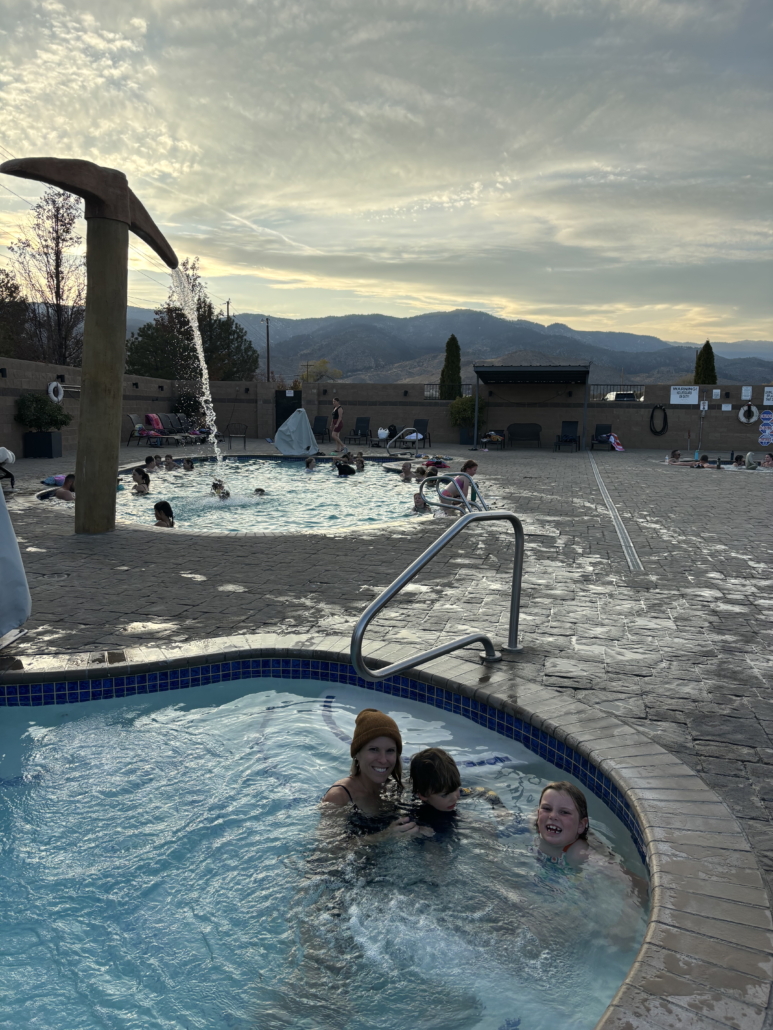
After our relaxing soak, we encountered the famed wild horses– such a random and memorable moment for all of us.
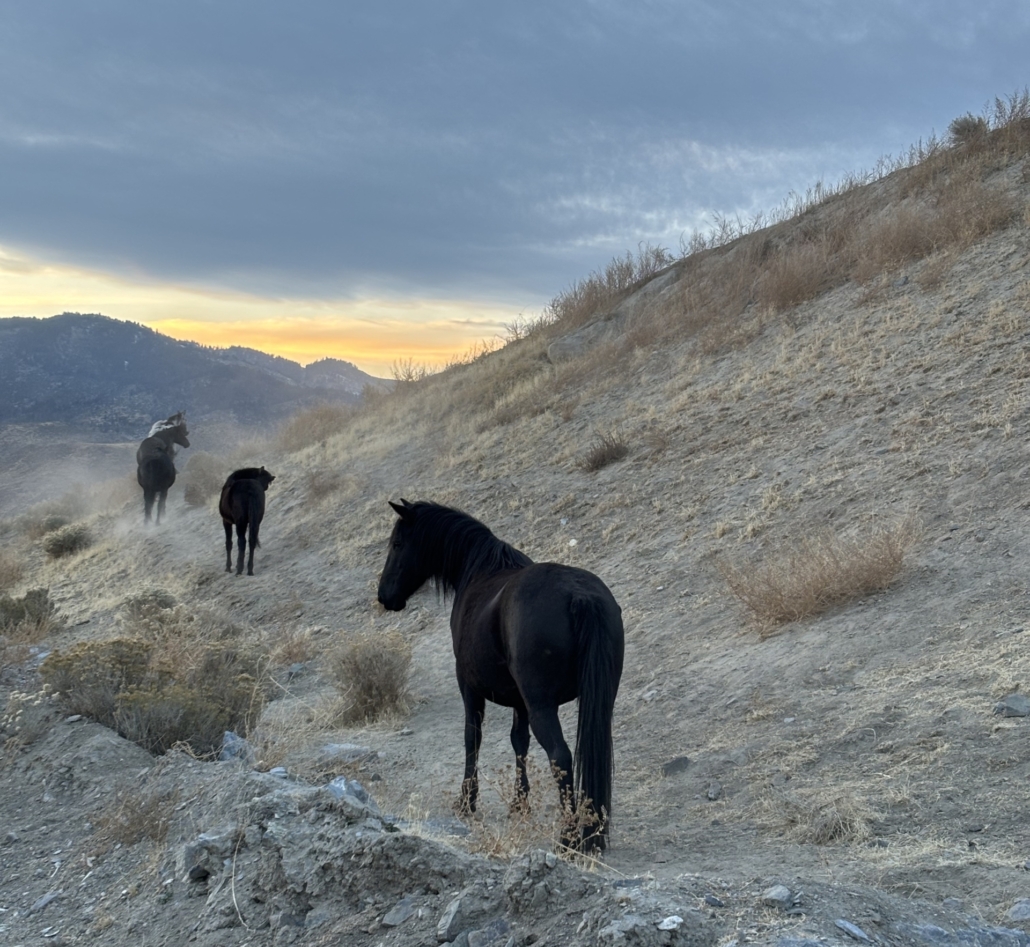
We stayed at the Staybridge Suites which I have to say is ideal for families. It has a kitchen area with a fridge and stove, plus a giant pull out couch. All four of us felt very comfortable here, enjoyed the hot tub and the staff was beyond gracious.
Our favorite meals in Carson City were at Great Basin Brewing Co. for dinner and Squeeze In for breakfast. Both had amazing food options and were so kid friendly! At Squeeze In, they provide games, art supplies and they even let guests draw on the walls with sharpies!
Day 3: Reno
The “Biggest Little City” certainly isn’t little, and has a lot to do with kids! We stayed at the iconic Grand Sierra Resort and our kids had never experienced a hotel like this before! It had bowling and an arcade right in their hotel–they were in heaven!

The Discovery is a science museum that is just as fun for adults as it is for kids. I learned so much and could have explored here all day. It is quite certainly one of the most impressive kid centered museums I’ve ever seen. From the biology areas to life size scrabble to a giant climbing structure–our 3 year old and 6 year old both found areas that captivated them!
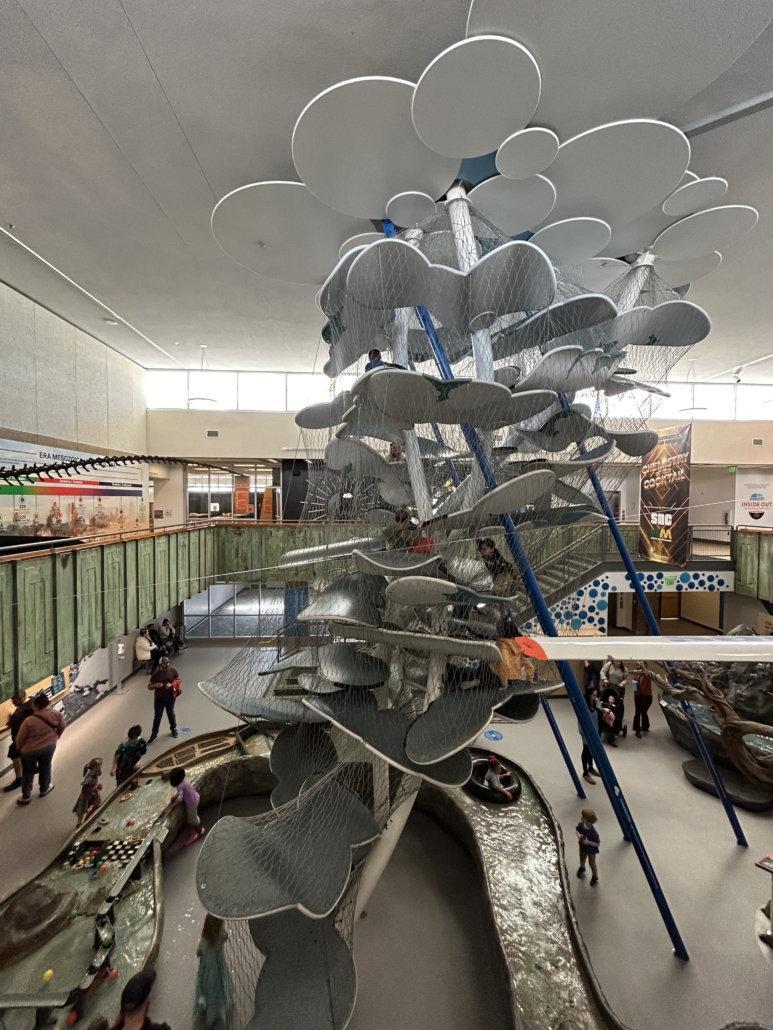
Perenn Bakery was a standout breakfast spot–their coffees, breads and pastries are beyond belief. This Midtown neighborhood is lovely to explore and very close to the Discovery!
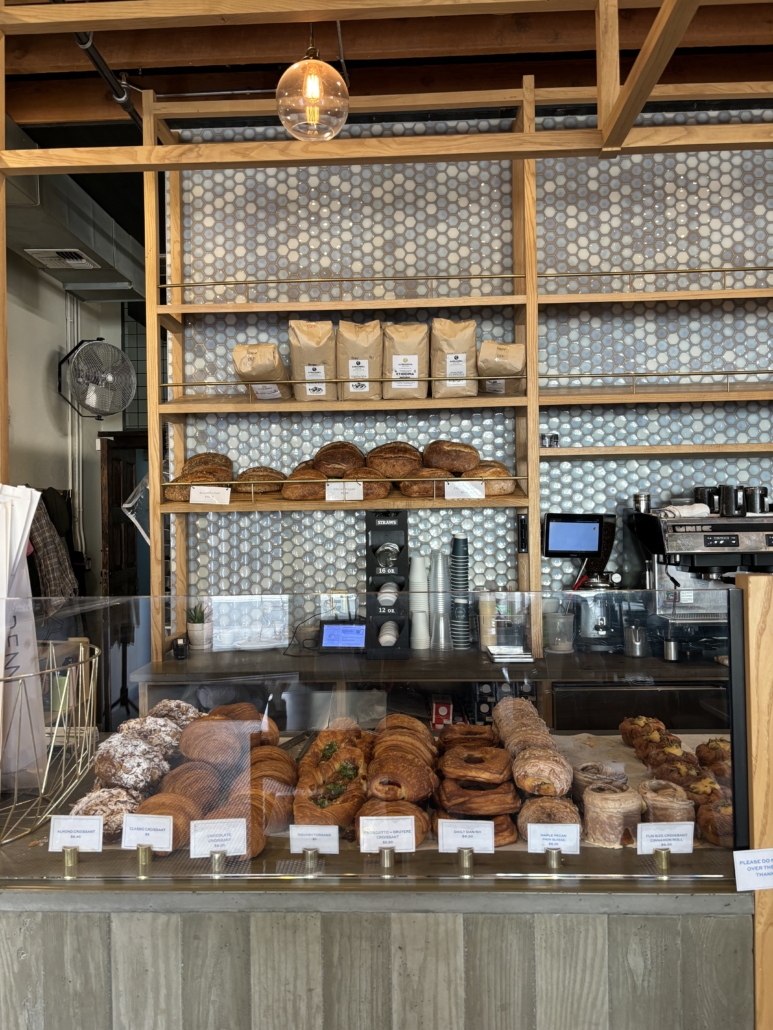
On the way to Reno, we stopped by Lake Tahoe–always a stunning, natural experience. There’s nothing like that icy blue water and sky high pines. We even found some snow along the side of the road!

Each day was met with new adventures and new learnings for us adults and our kids. I have to say, the Reno-Tahoe Territory was even better than expected and it is so rich in nature, culture, history and adventure– I cannot wait to return.
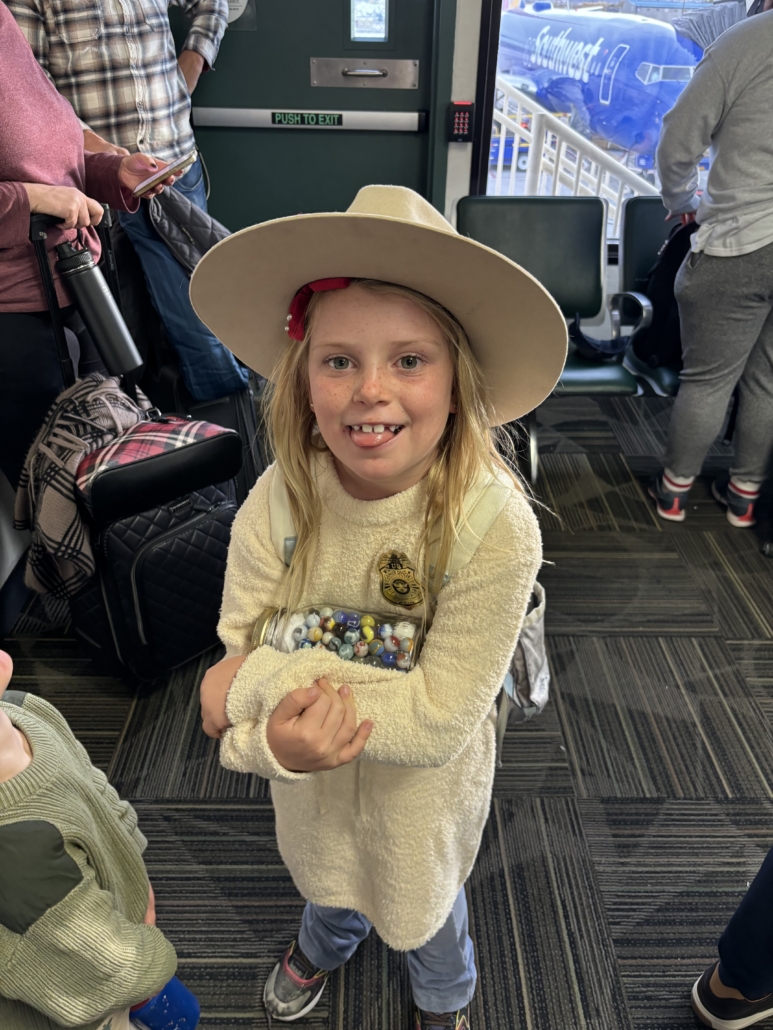


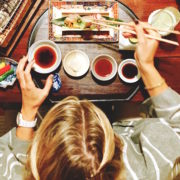
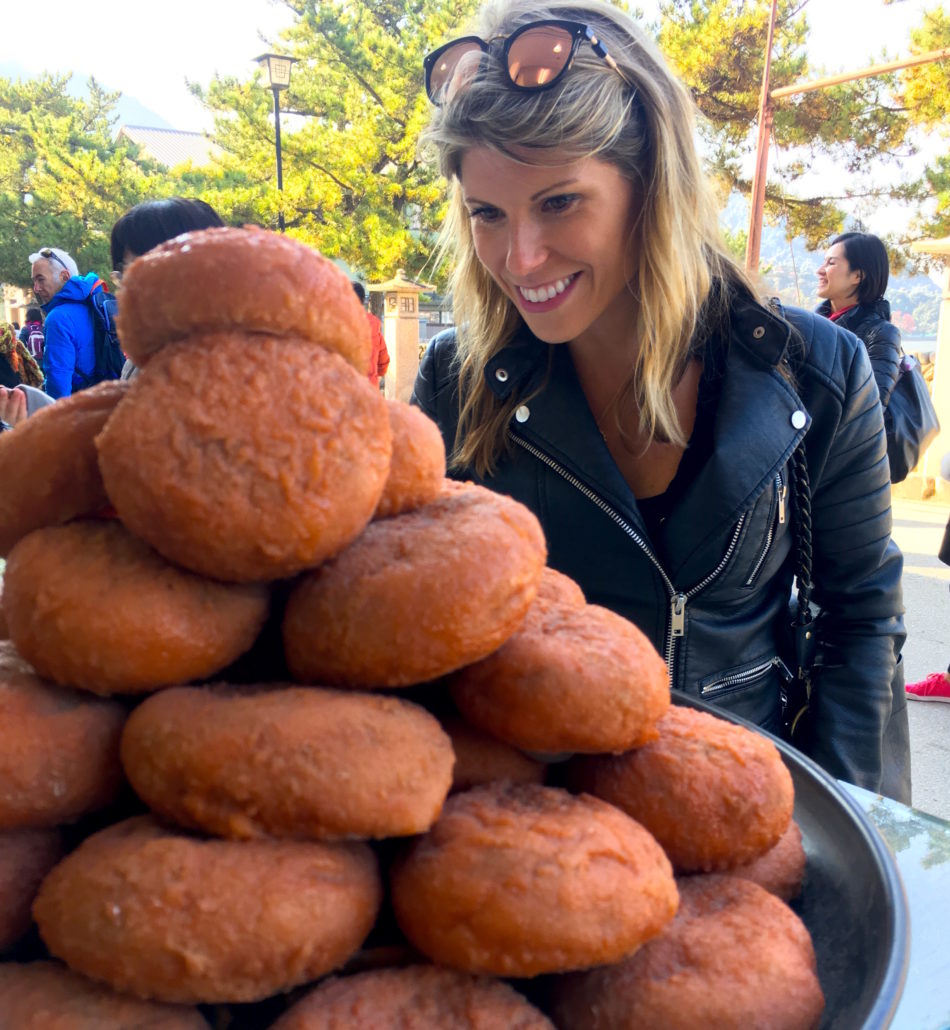
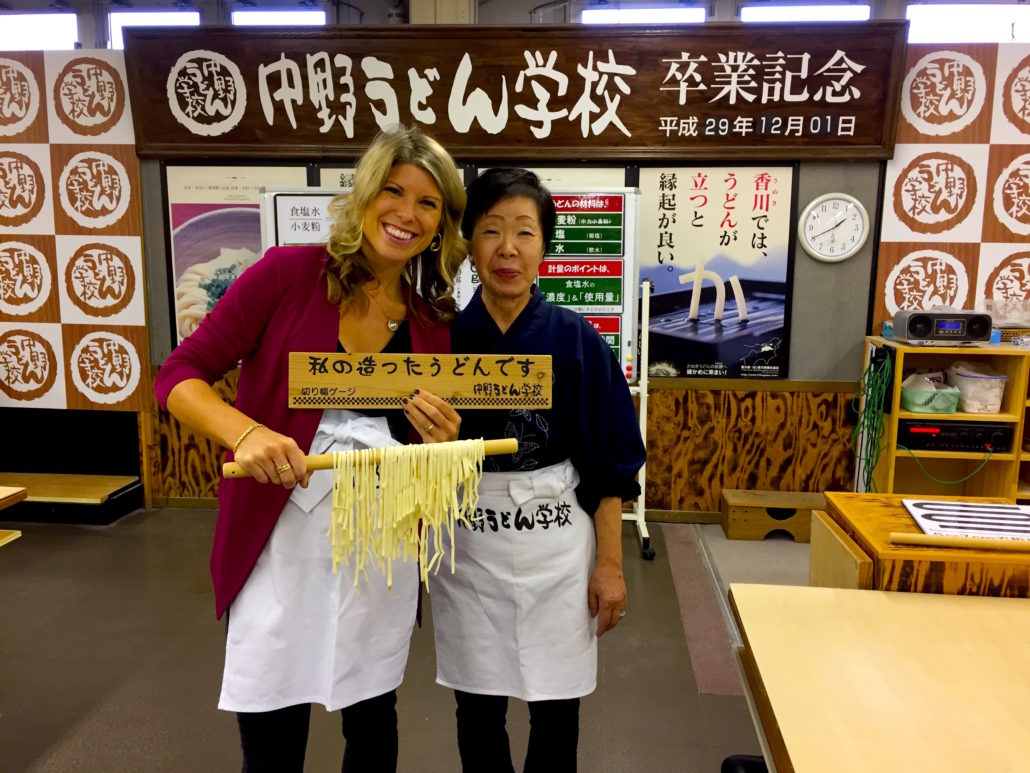
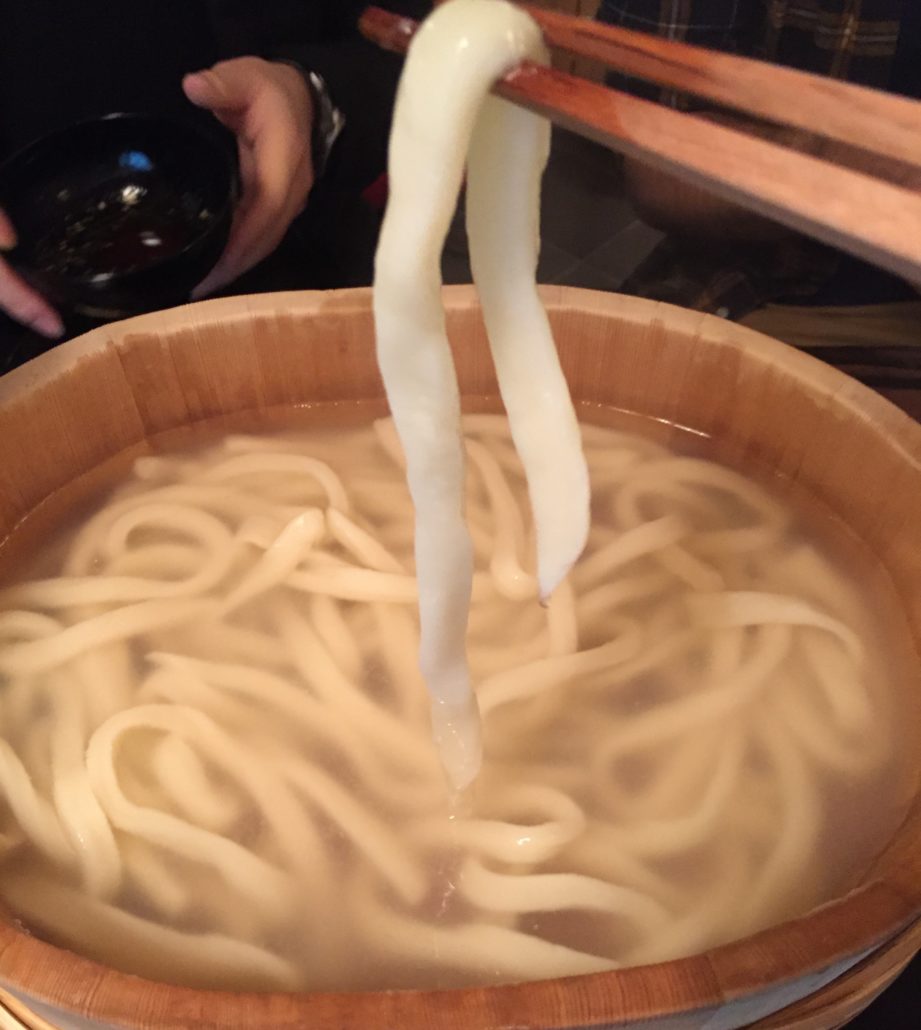
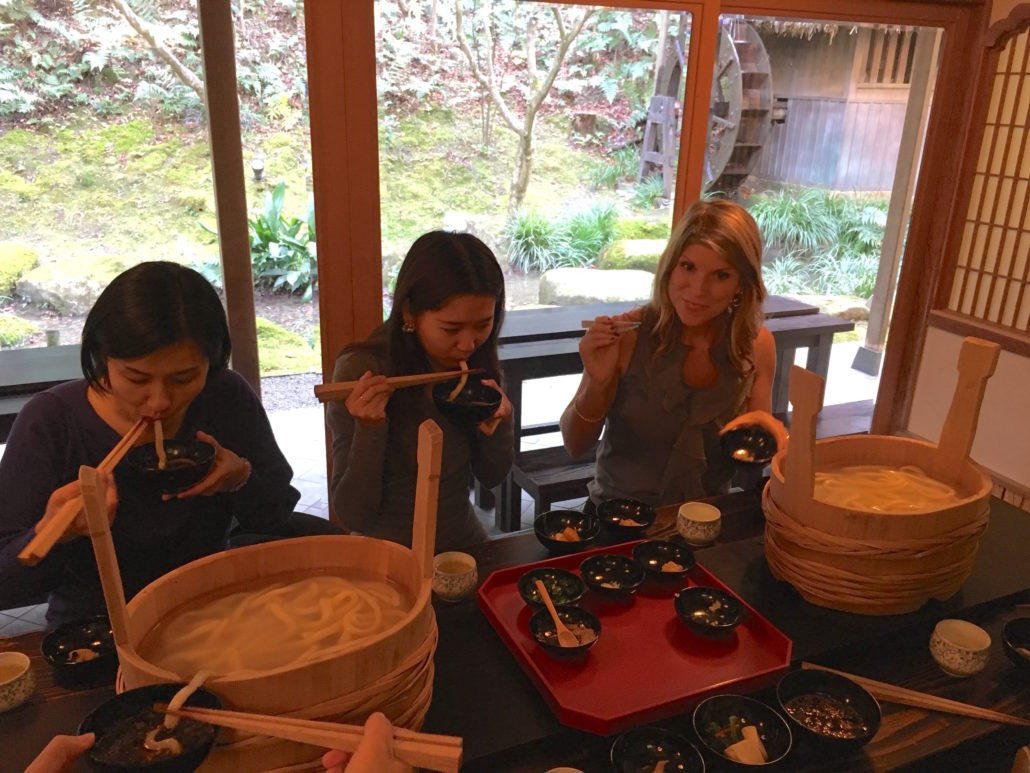
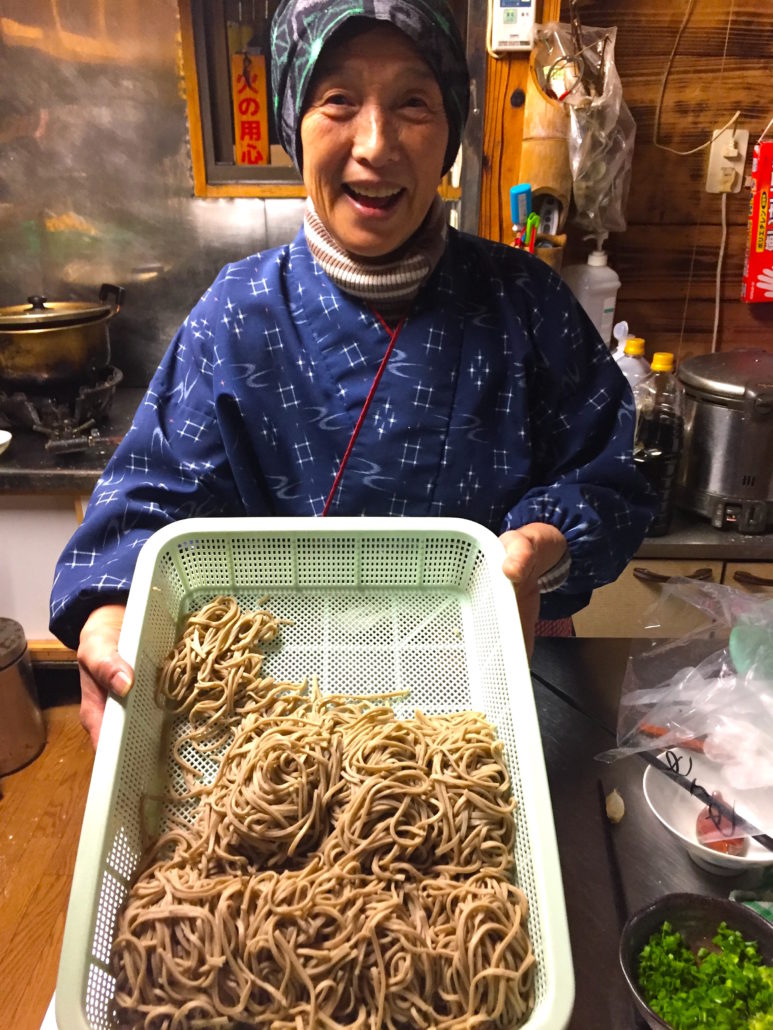
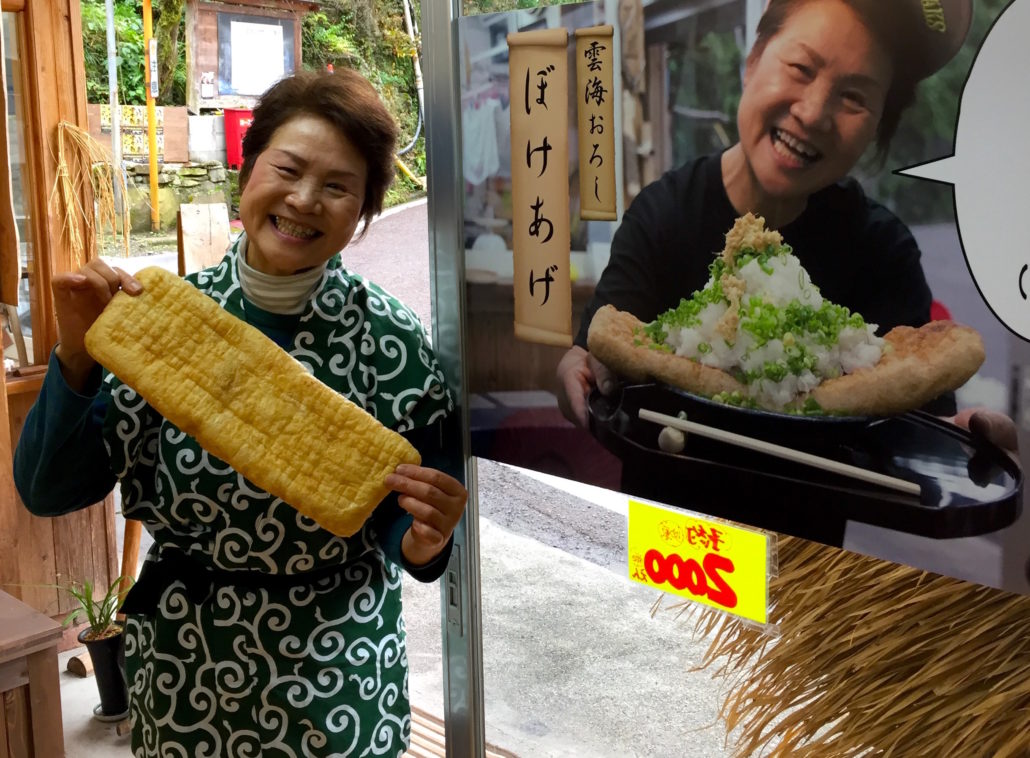 I drank copious amounts of tea while in Japan–it is served at every meal! But I developed a new love of matcha tea when we tried it at a roadside stop of another tiny mountain town in the Iya Valley. We were welcomed in with song, dance and costume by the proprietor, a spry, smiley older woman that is known for her enthusiasm.
I drank copious amounts of tea while in Japan–it is served at every meal! But I developed a new love of matcha tea when we tried it at a roadside stop of another tiny mountain town in the Iya Valley. We were welcomed in with song, dance and costume by the proprietor, a spry, smiley older woman that is known for her enthusiasm.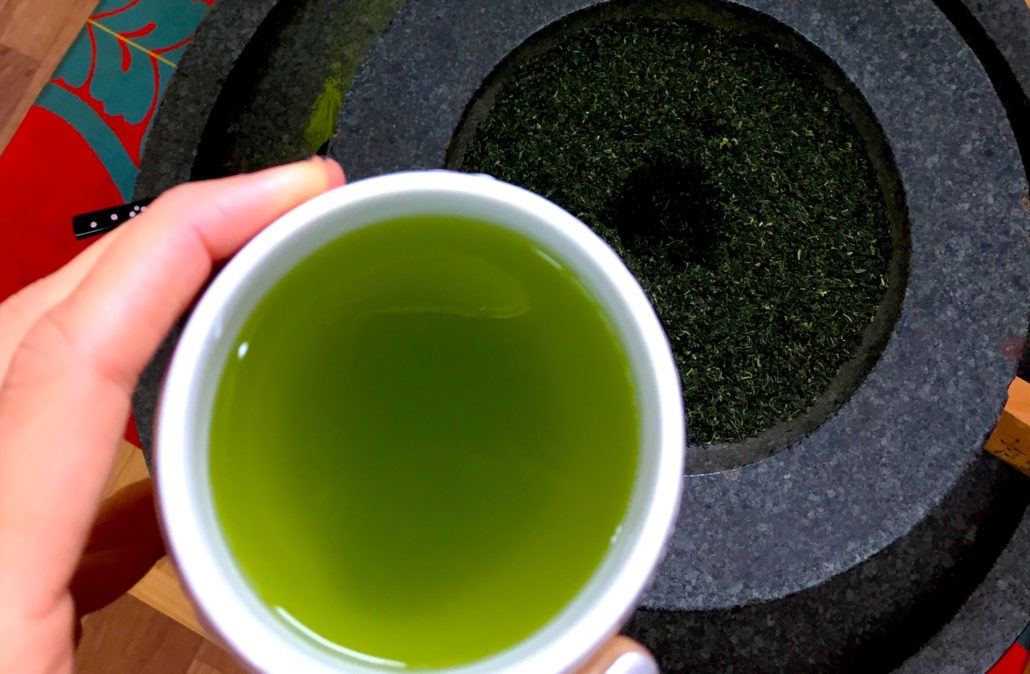
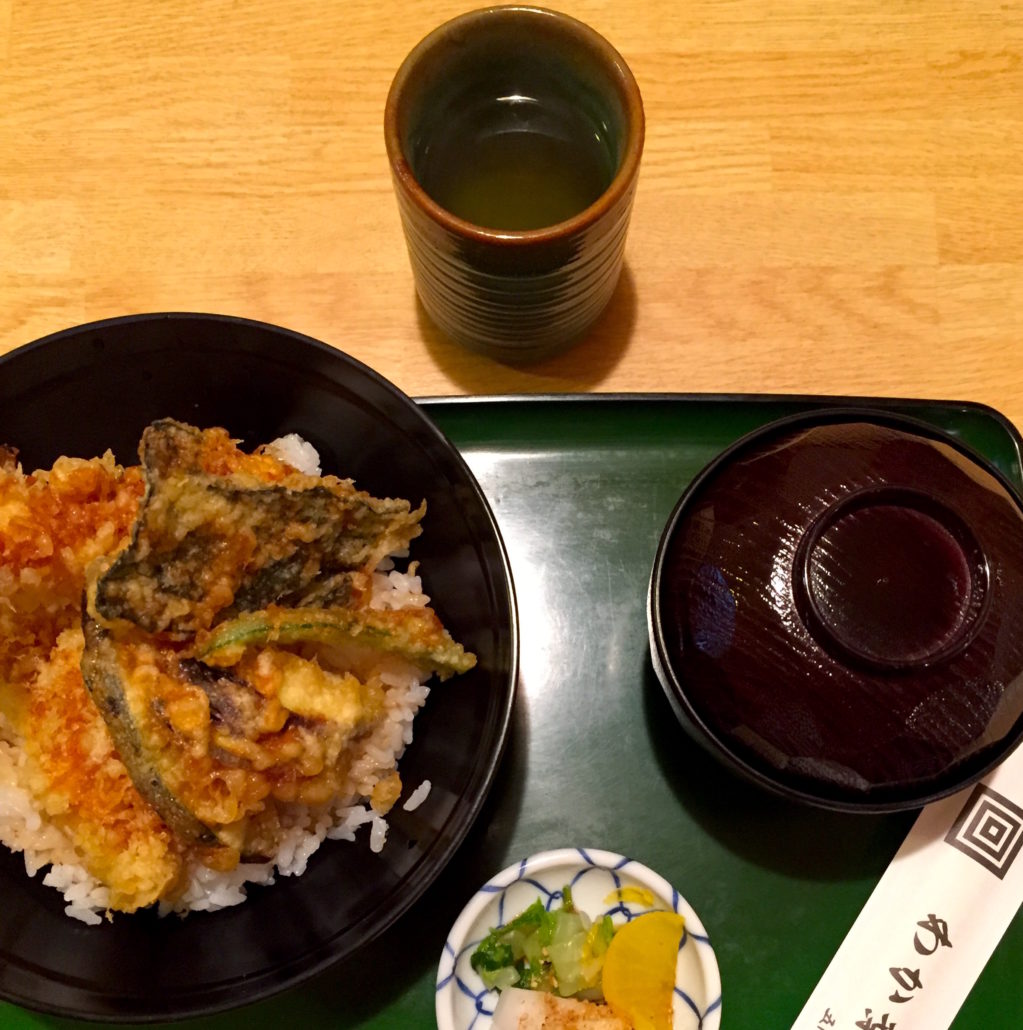
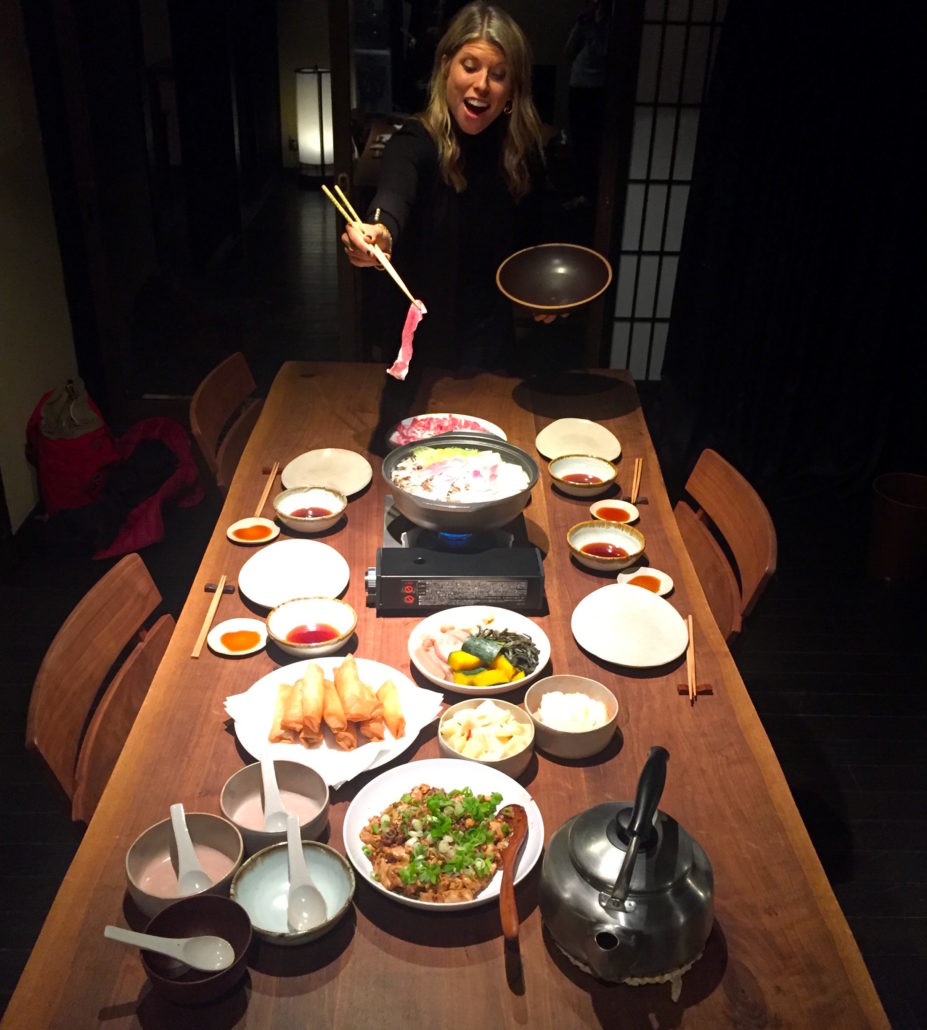
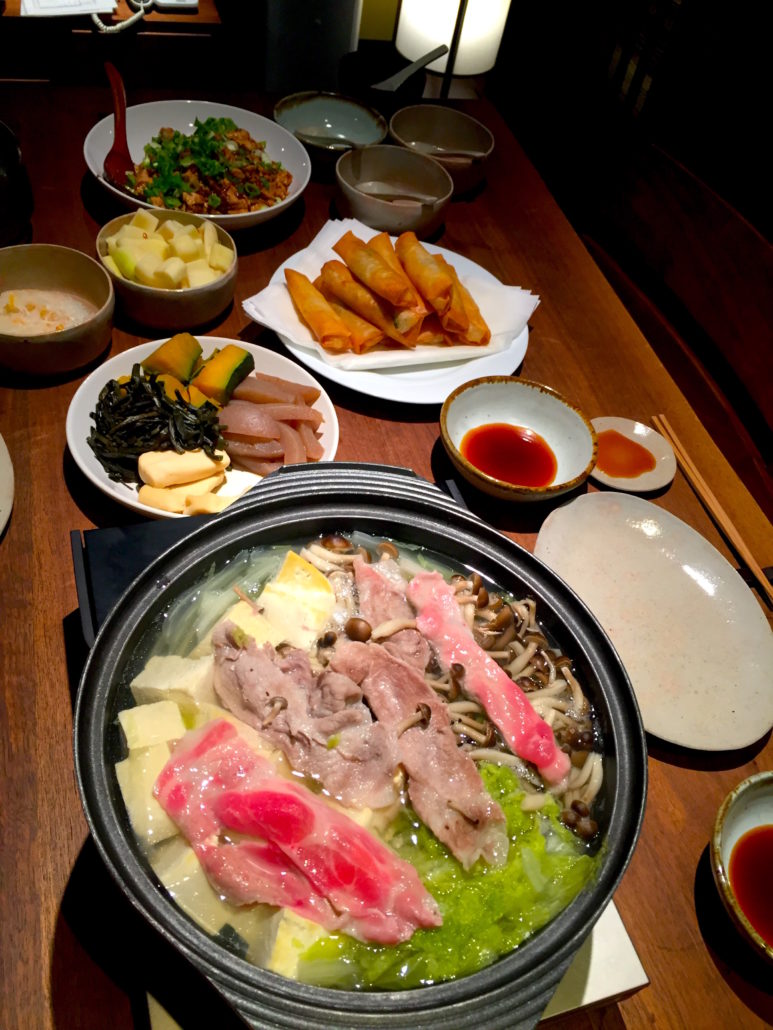
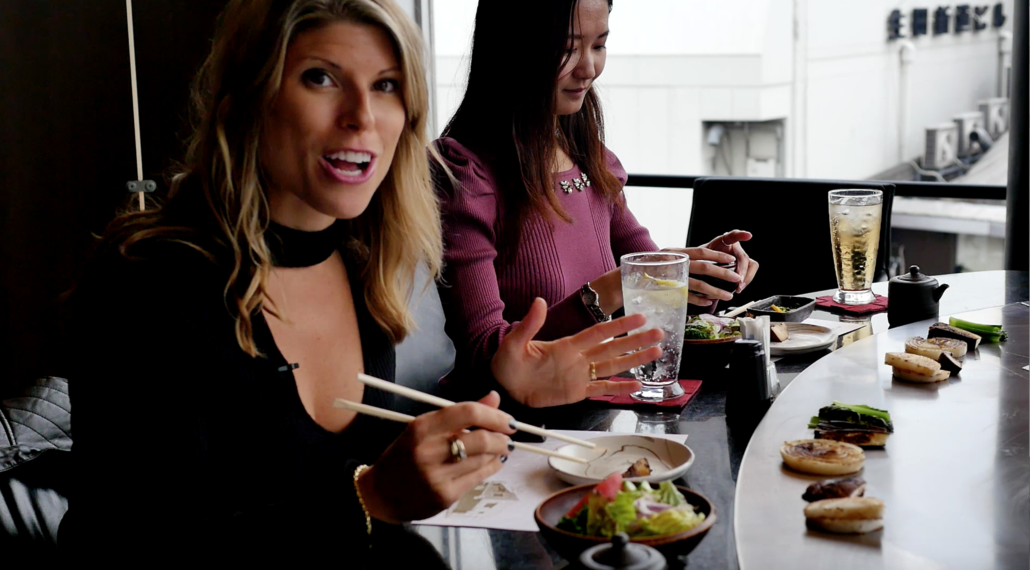
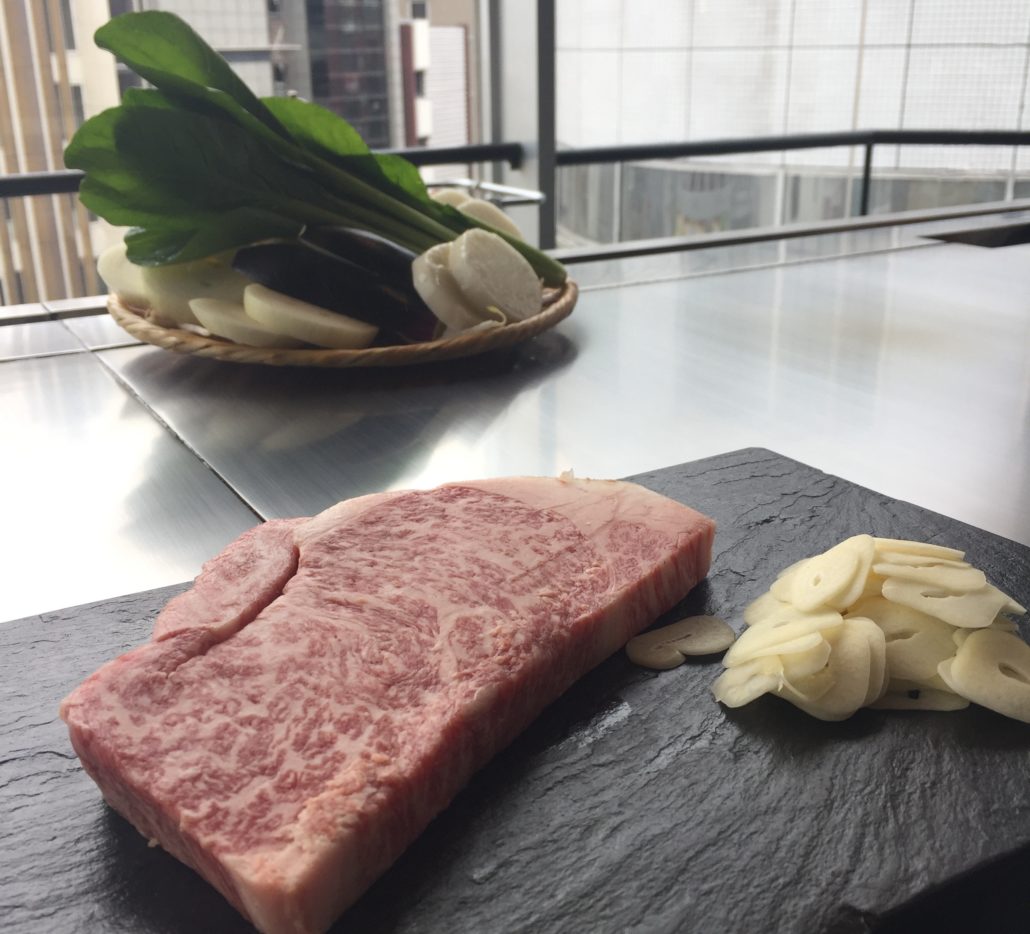
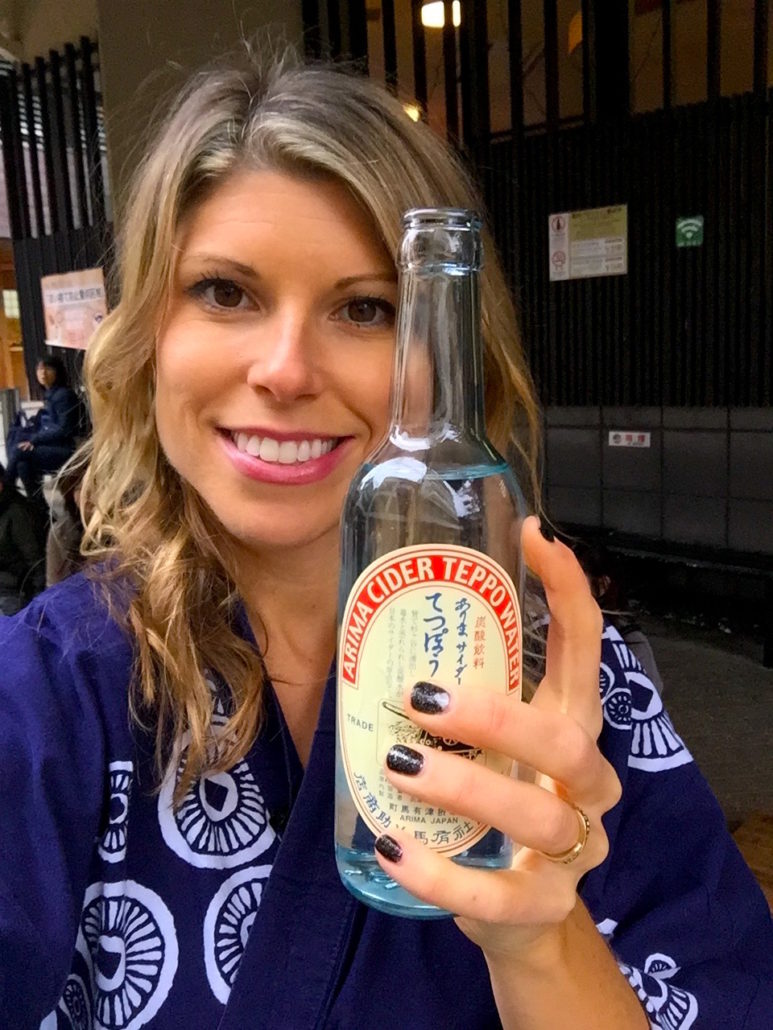
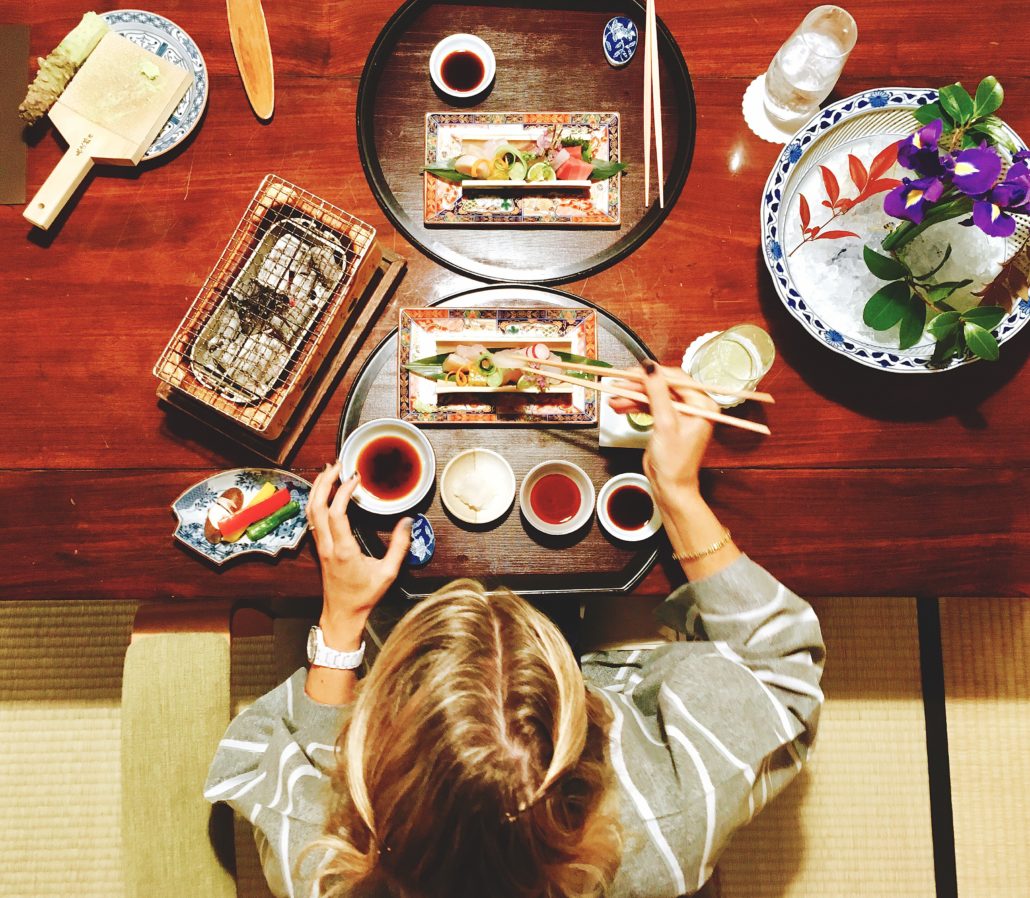
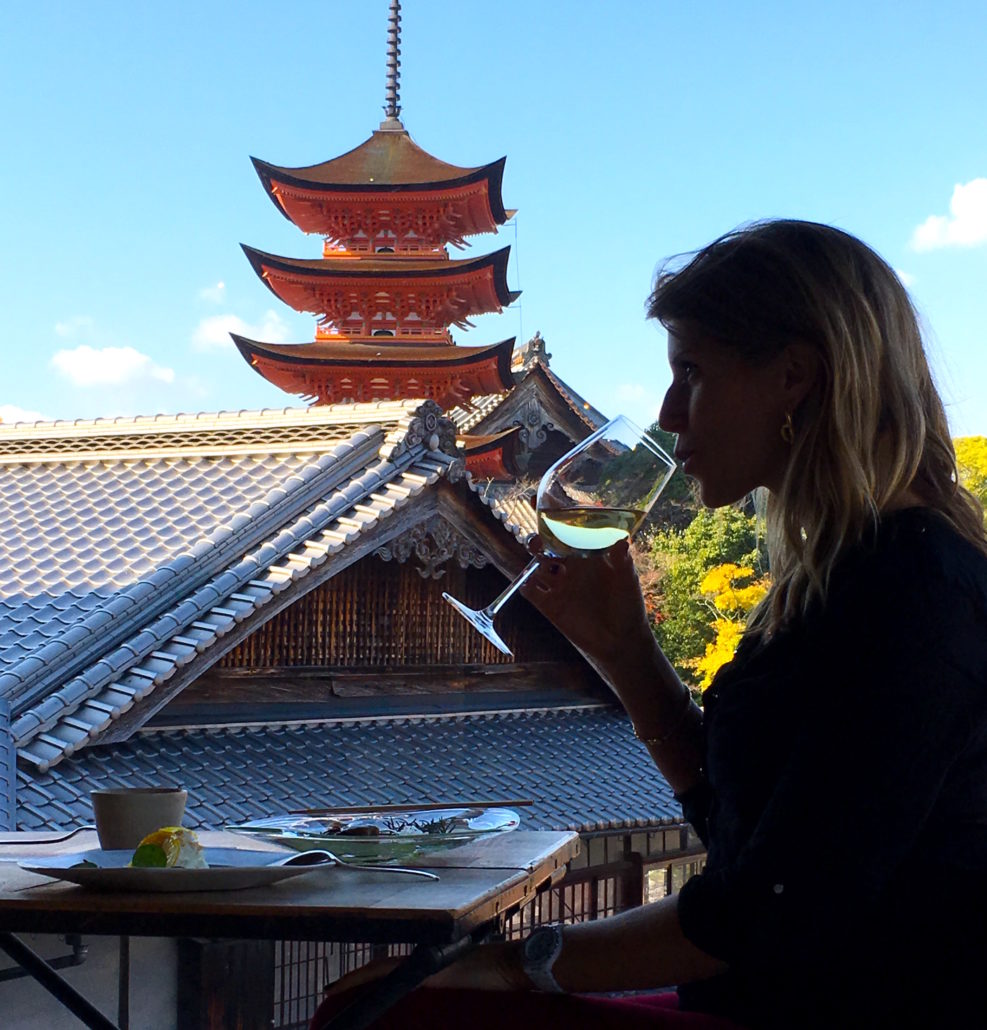
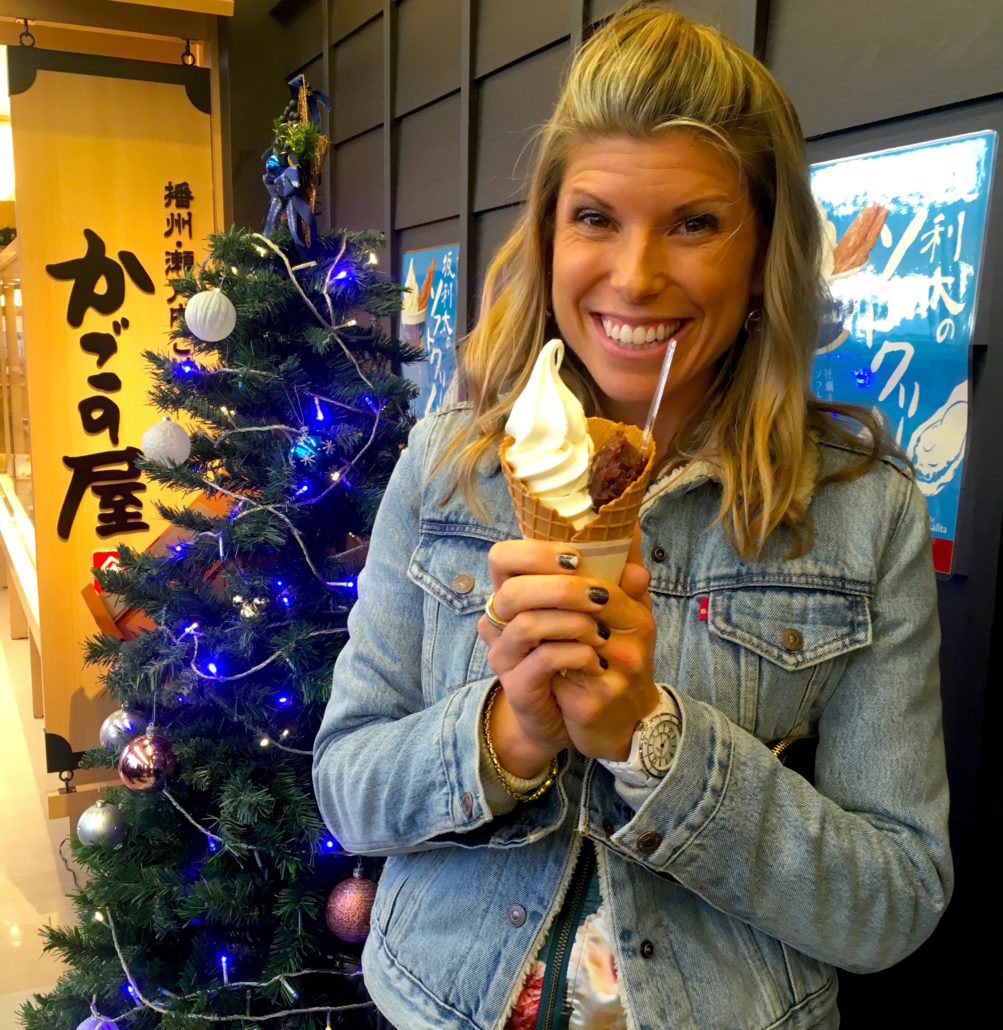

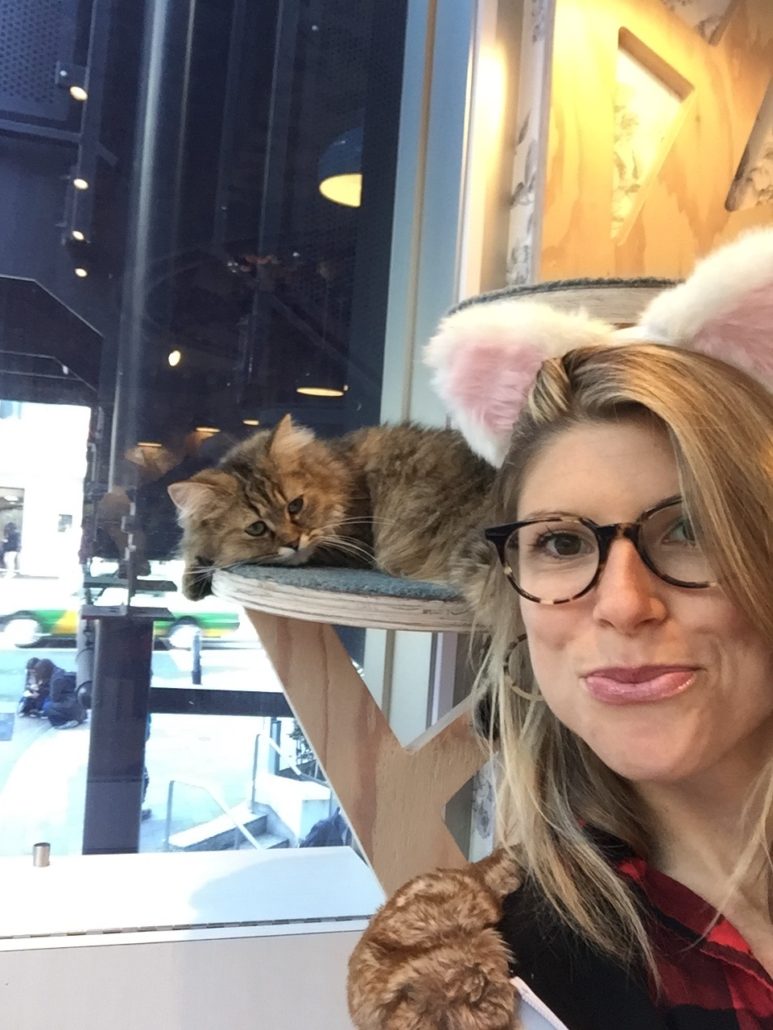
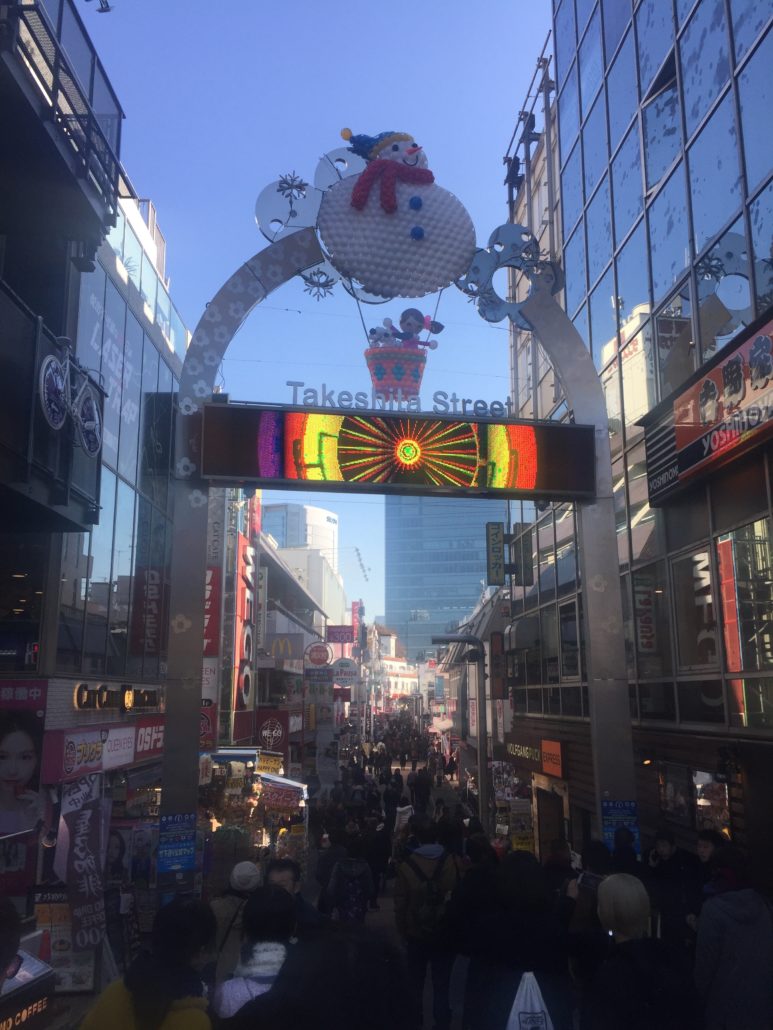
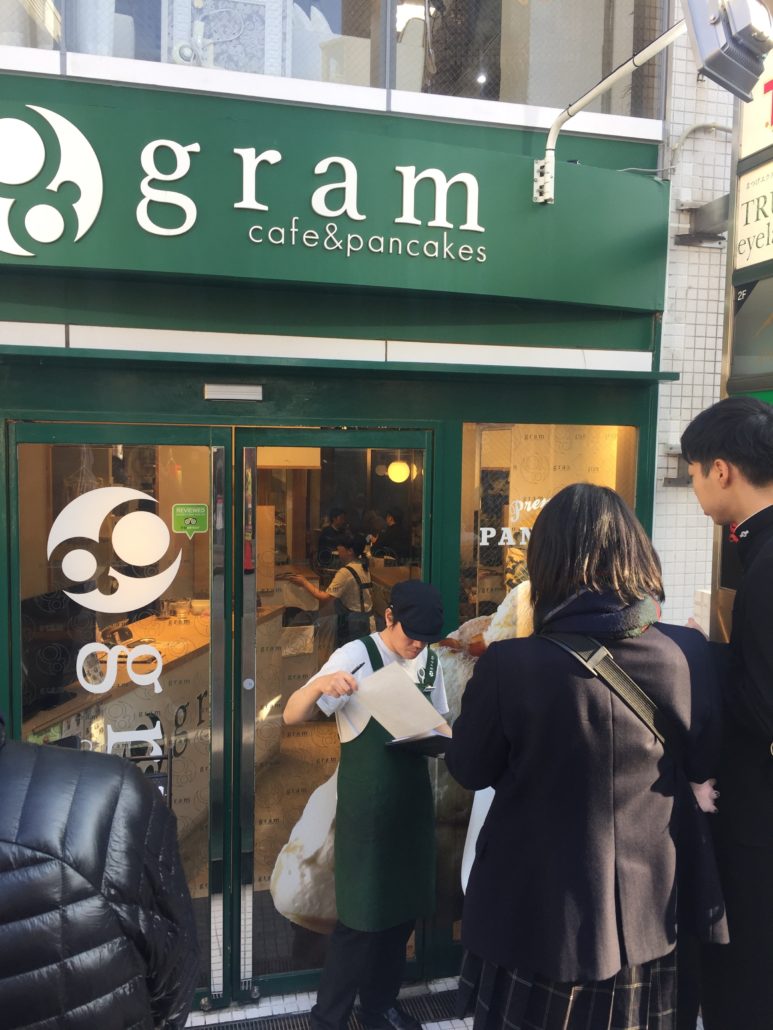
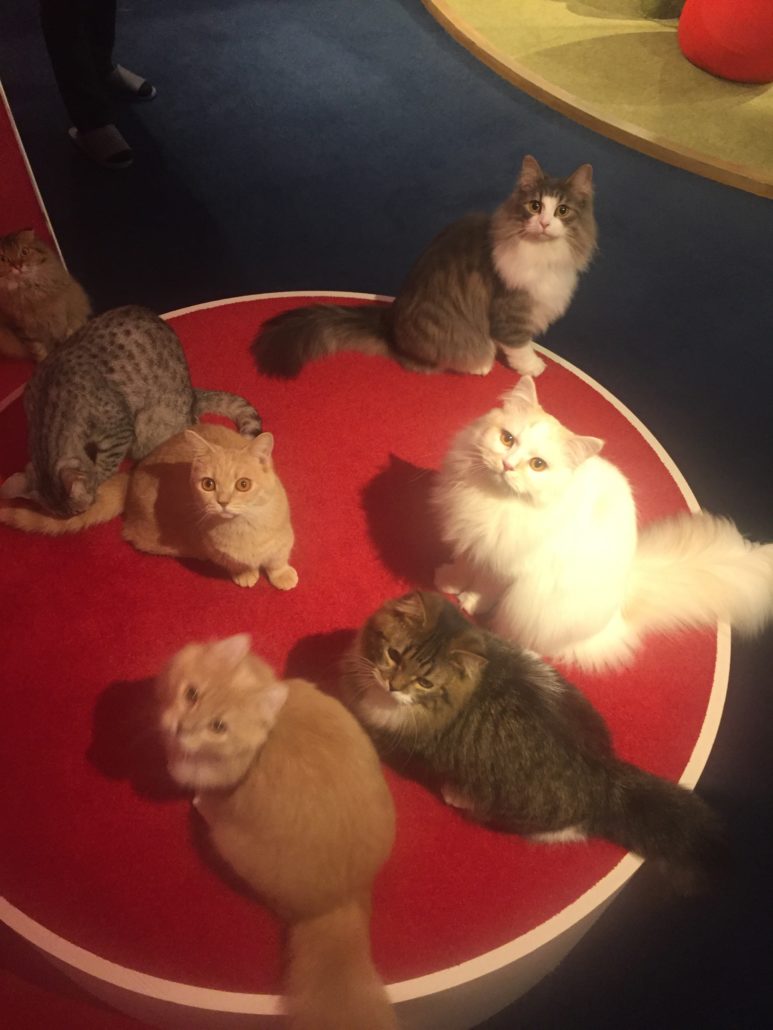
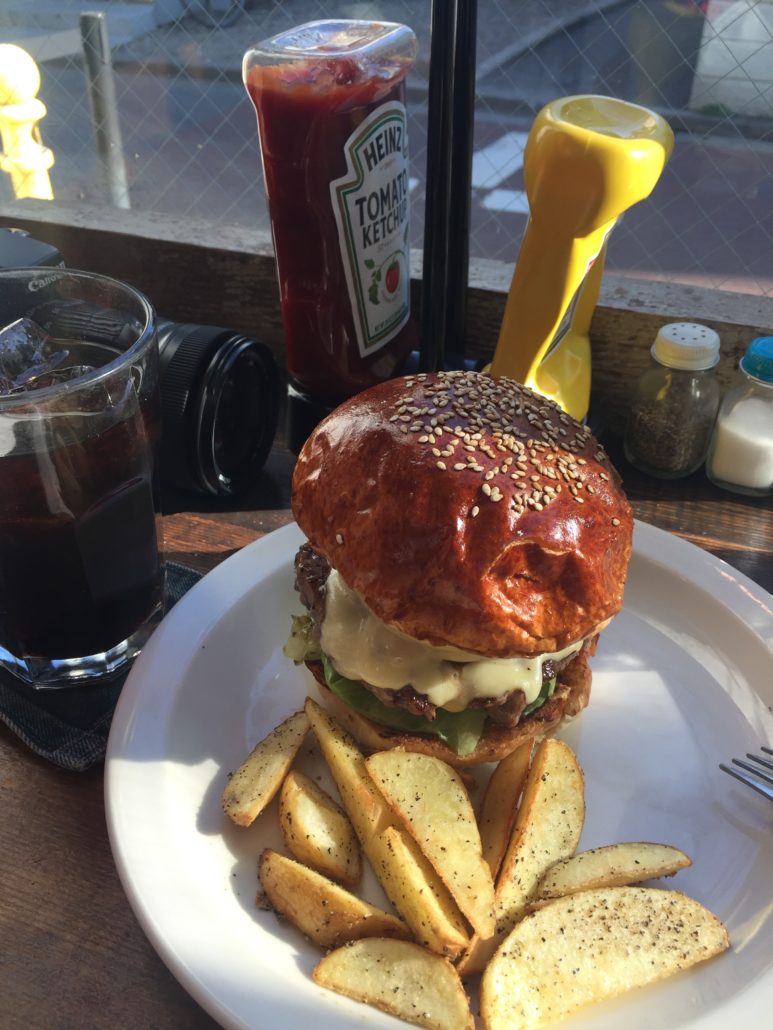
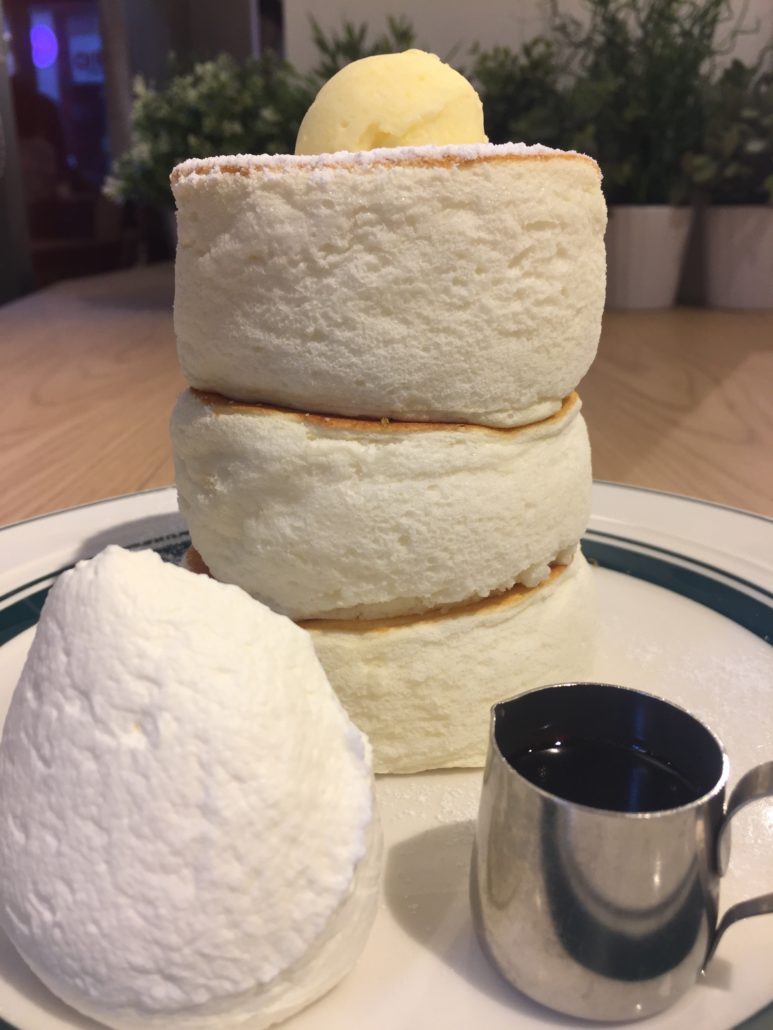
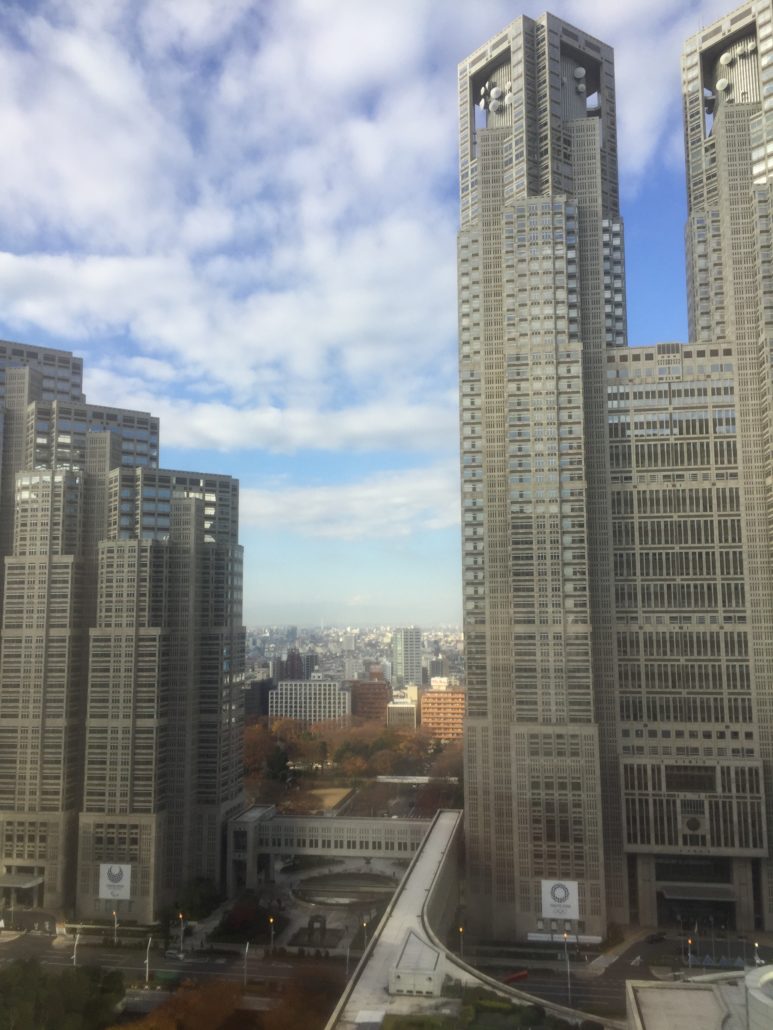
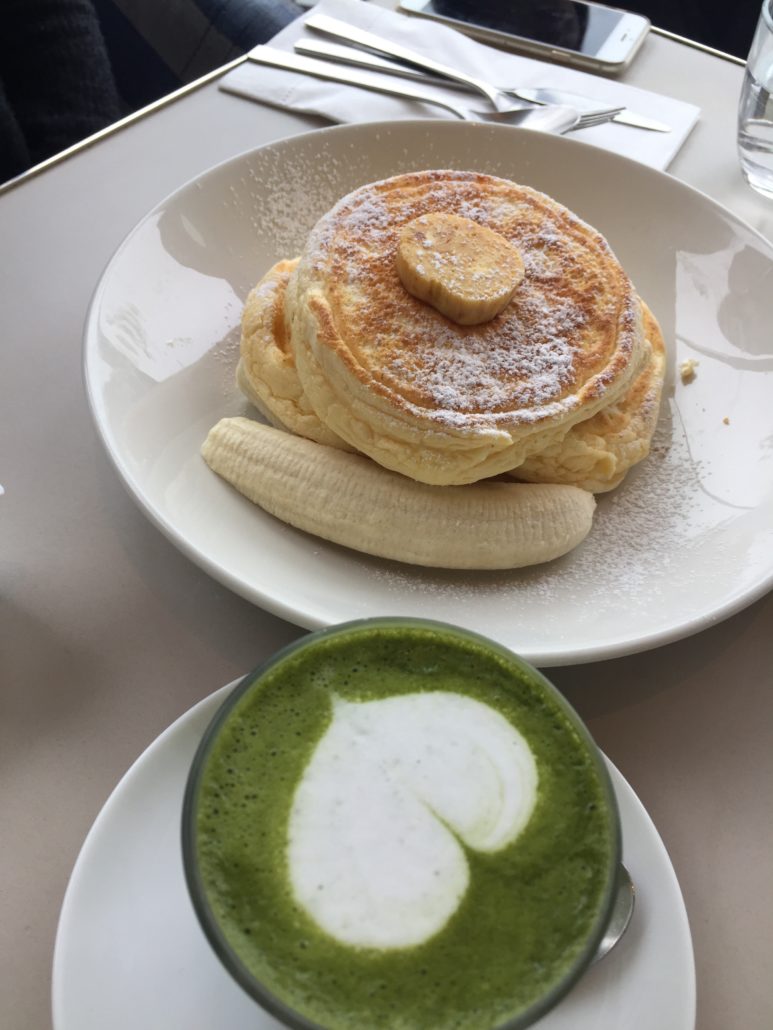
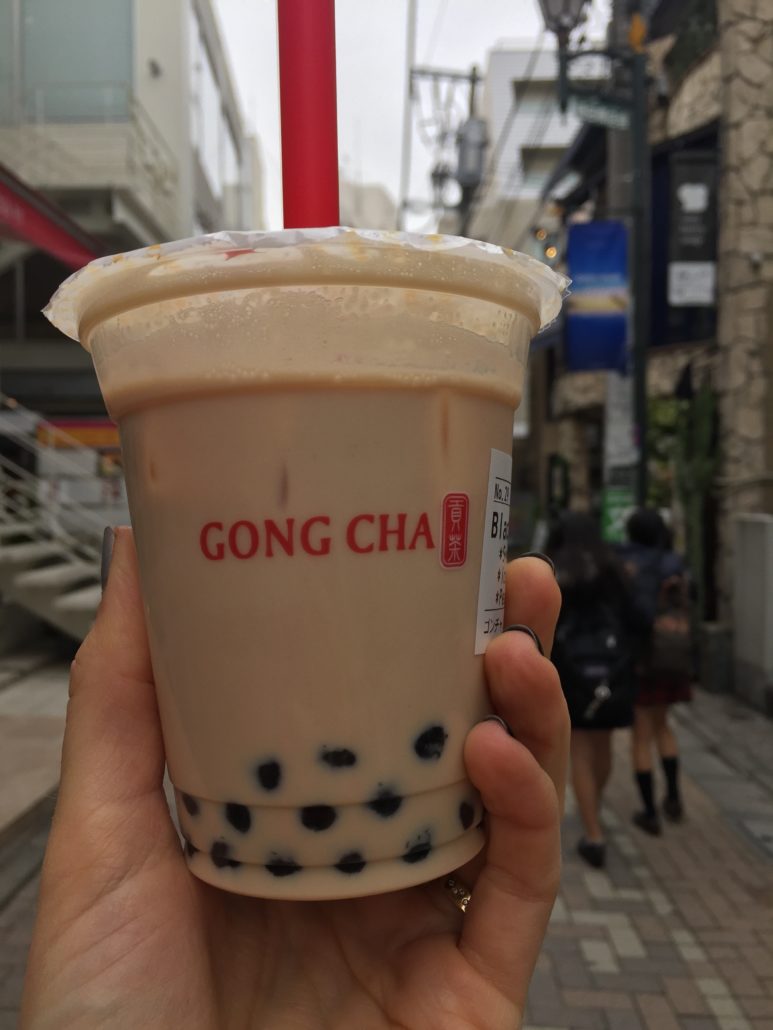
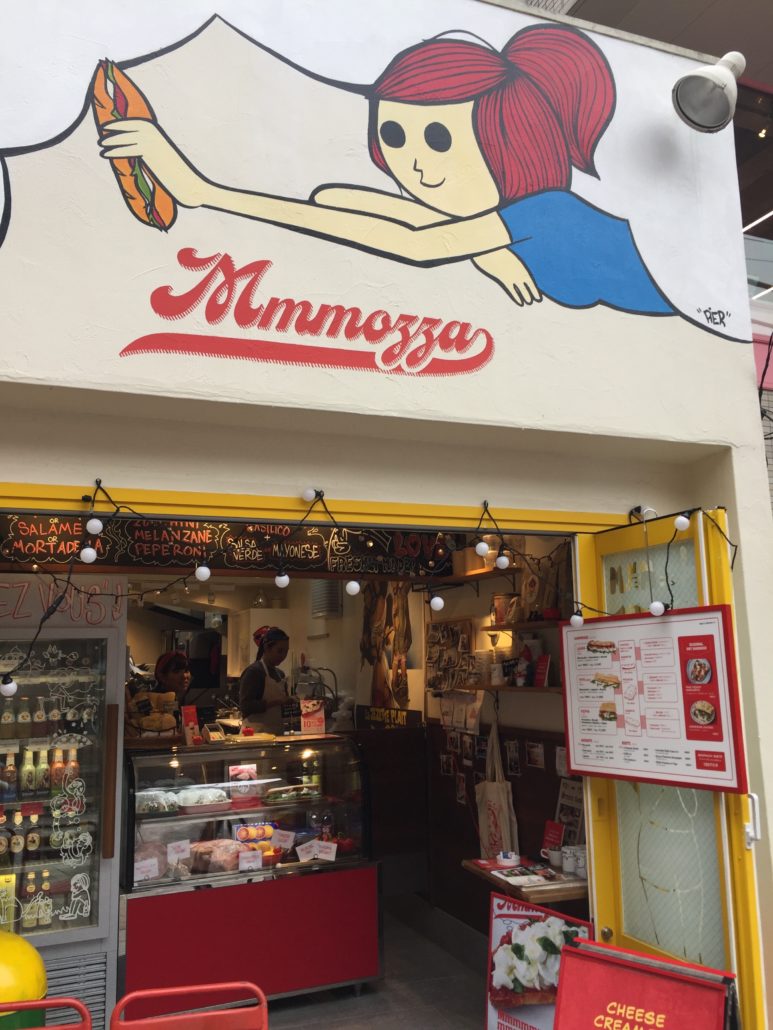
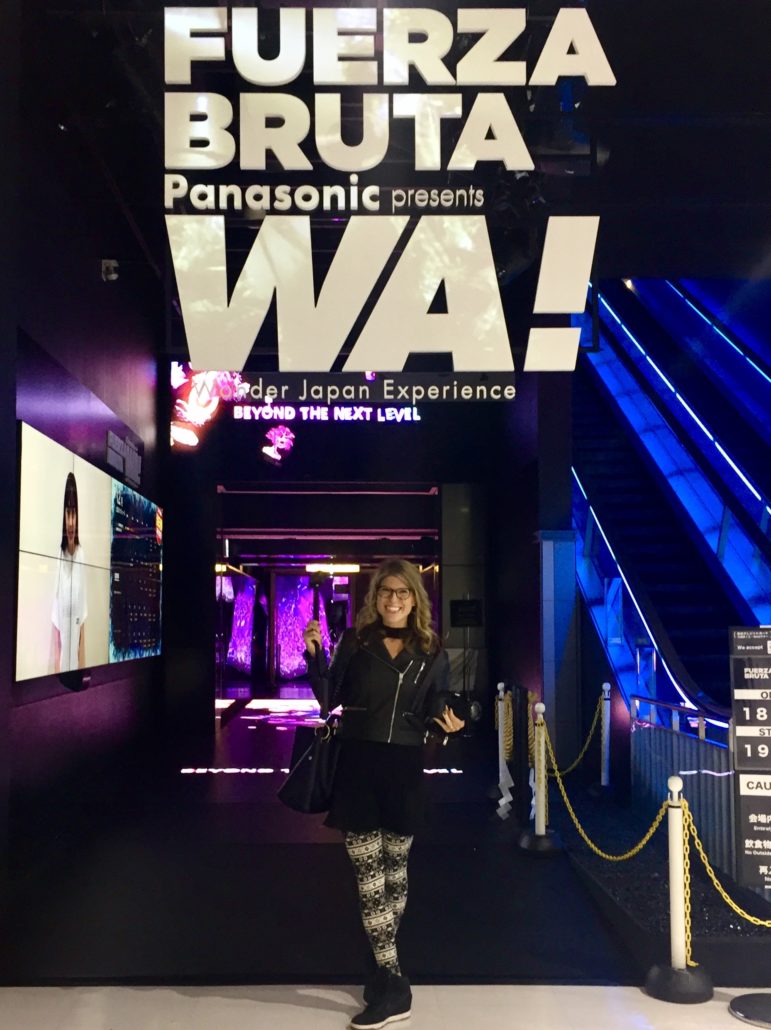
 Connect with Kelley
Connect with Kelley


